What is occupational health and environment? Occupational health and environment is:
(a) An area concerned with the safety, health and welfare of people engaged in work or employment.
(b) It deals with all aspects of health and safety in the workplace and has a strong focus on primary prevention of hazards.
(c) It is also a multidisciplinary field of healthcare concerned with enabling an individual to undertake their occupation, in the way that causes least harm to their health.
Why we study on occupational health & environment?
(a) To foster a safe and healthy work environment.
(b) To protect co-workers, family members, employers, customers, and many others who might be affected by the workplace environment.
(c) To give the maintenance and promotion of workers’ health and working capacity.
(d) The improvement of working environment and work to become conducive to safety and health.
(e) To develop the work organizations and working cultures in a direction which supports health and safety at work.
Safety concept:

(source: https://ensnews1.wordpress.com/2016/03/16/national-press-club-hosts-environmental-health-safety-sustainability-roundtable/)
How to apply a safety concept?
To apply the safety concept is by:
(a) Identify: Identify the source of hazards.
(b) Evaluate the problems by:
- Determine the exposure pathway.
- Measure the effects.
(c) Control: Controls however possible to prevent from repeating again.
Why we have to prevent accident?
There 3 terms of reason that we have to prevent it:
(a) In term of law:
- Based on Occupational Safety & Health Act 1994:
(i) to protect others against risk to safety health
(ii) to establish the National Council for Occupational Safety and Health.
(b) In term of economic:
- to increase the productivity.
- to increase the profitability.
- to rise the image of certain companies.
- to reduce the fines to certain people.
- to reduce the compensatory damages.
- to reduce investigation time.
(c) In term of morale:
- Worker deserve to be safe from any physical, chemical and biological danger.
- To aware of their right for ensured their safety and health
- Their welfare was assured by the Occupational Health and Safety officers.
OHE or KPAS Unit
- It stands for Occupational Health & Environment Unit (Unit Kesihatan Pekerjaan & Alam Sekitar)
- The main function of OHE is:
(a) to control and coordinates all activities related to occupational health among health personnel and
(b) environmental health aspect in the community.
This unit was divided into two scope which is:
(a) Occupational Health:
- to promote health and safety awareness among the employees and responsibility to control and protect themselves from occupational hazards at workplace.
- In still physical &mental strength to employees in connection with the workload to avoid stress at work.
- Continuous monitoring among health personnel who are exposed to hazards at workplace.
-The risk of workers suffering from occupational diseases is:
(i) The type of hazard.
(ii) Duration of exposure.
(iii) The number of hazards exposed.
(iv) Socio-demographic factors (e.g. age, gender, ethnicity and health history)
(v) The use of Personal Protective Equipment.
-The Scope & Activities OH
(i) To establish Safety & Health Committee in health facilities.
(ii) To audit Safety and Health at workplace.
(iii) Conducting risk assessment in all KMM facilities.
(iv) Notify poisoning cases (pesticide/chemicals), occupational injuries (fall, cut, needle-stick Injury) or occupational disease (TB, hearing loss, skin disease, lung disease) among health personnel and investigate the cases.
(v) Audiometry, stress, Hepatitis B Screening.
(vi) Disease Prevention & Control programme.
(vii) To provide training (chemical handling, safety etc.)
(b) Environmental Health Programme
To monitoring & inspection of several organizations such as;
(i) PLKN (national service training program).
(ii) Prison.
(iii) Detention camps.
(iv)Sanitary Inspection at school, market, recreational park, estates residential, farm.
(v) Management of environmental pollution.
(vi) Investigation of open burning and nuisance complaints.
(vii) Inspection of solid waste disposal site.
Regulations Involved:
- Occupational Safety & Health Act 1994 (Act 514)
- Factories and Machinery Act 1967 (Act 139)
- Education Act 1996
- Care Centres Act 993 (Act 506)
- Private Higher Educational Institutions Act 1996
Tools
It commonly practices, in order to assess occupational health and environmental health scope/study:
(i) Occupational health & safety :
- HIRARC: to identify, assess/measure and to control hazard and risk of any workplace and its activities.
- CHRA (DOSH): to be conducted by the employer arising from the use, handling, storage / transportation of chemicals hazardous to health in their workplace.
(ii)Environmental & Health:
-EIA: to identify, predict, evaluate and communicate information about the impact on the environment of a proposed project and to detail out the mitigating measures prior to project approval and implementation.
-HIA: a policy, program or project may be judged as to its potential effects on the health of a population, and the distribution of those effects within the population.
-EHIA (DOE): the process of estimating the potential impact of a chemical, biological, physical or social agent on a specified human population system under a specific set of conditions and for a certain time frame.
Reference:
All the points at above is not mine, it is belong from my lecturer, named Mohd Jamalil Azam Bin Mustafa and please refer the link below:
https://en.wikipedia.org/wiki/Occupational_safety_and_health


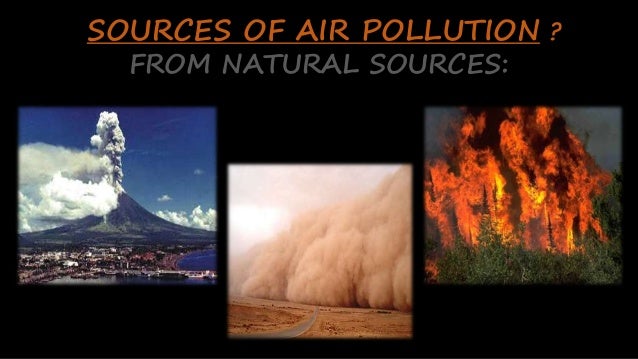

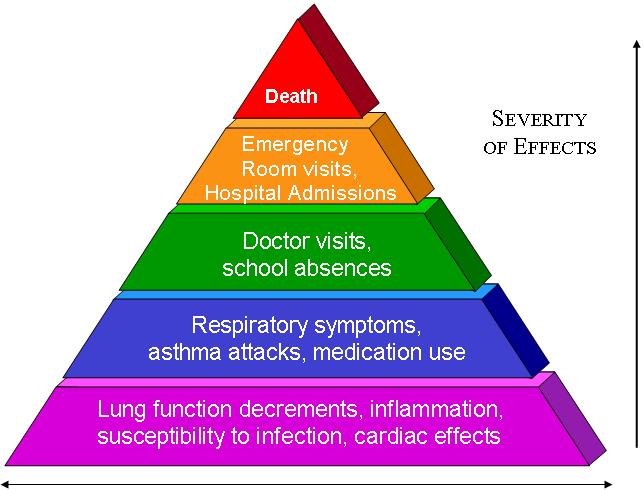


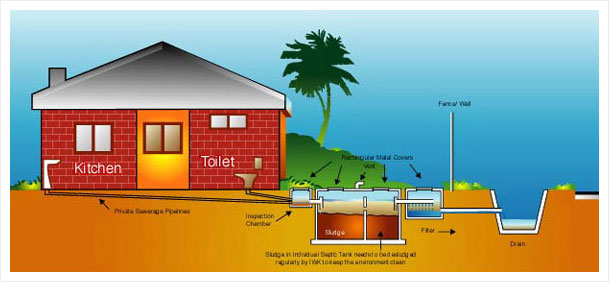




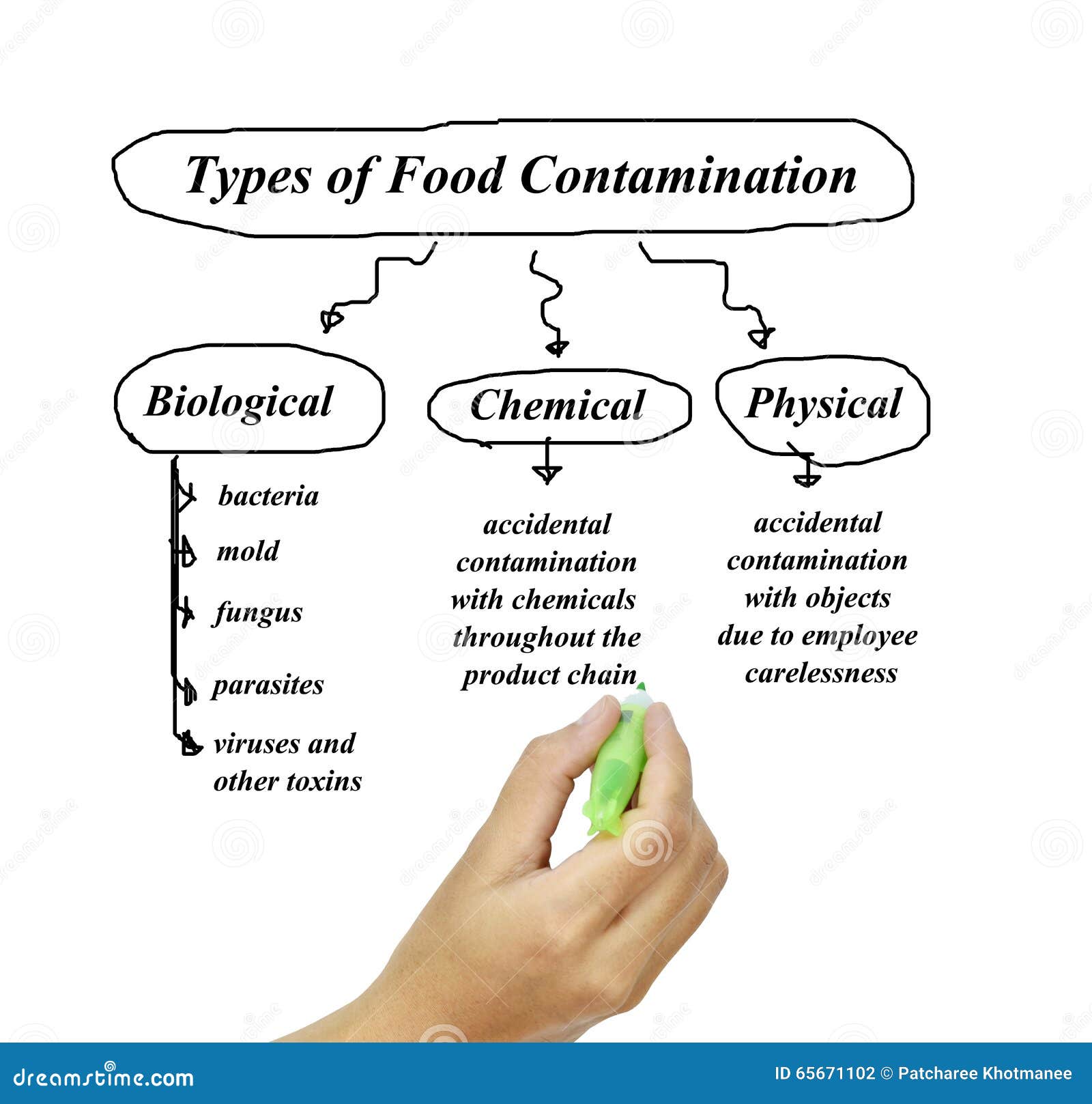





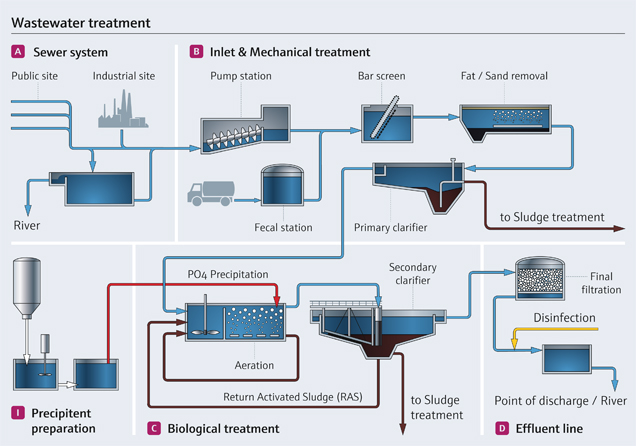



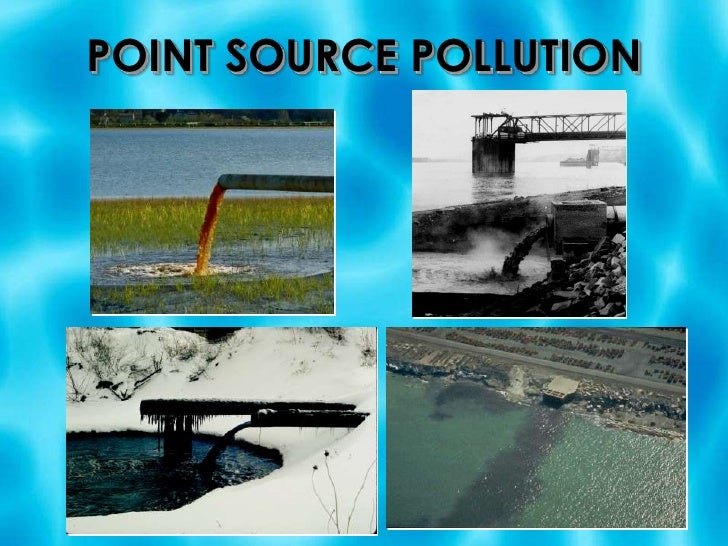
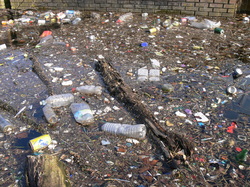




 (source from http://experttoxicologist.com/toxicology-toxic-exposures.aspx)
(source from http://experttoxicologist.com/toxicology-toxic-exposures.aspx)

